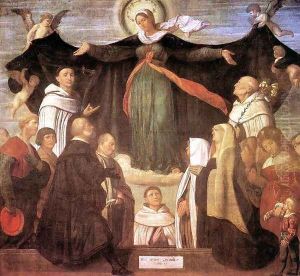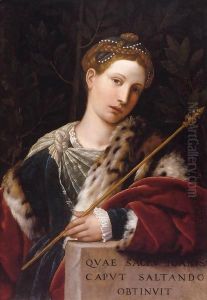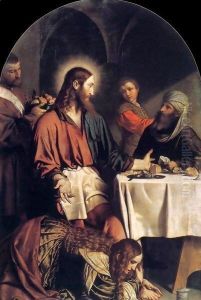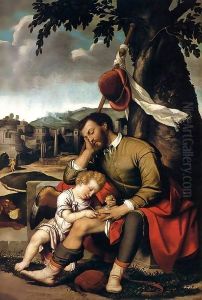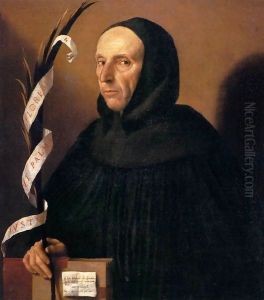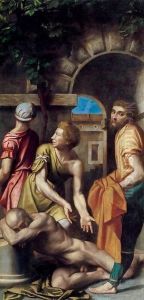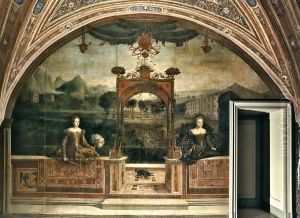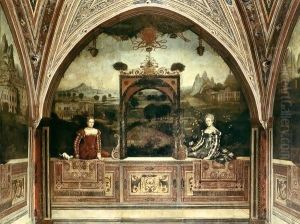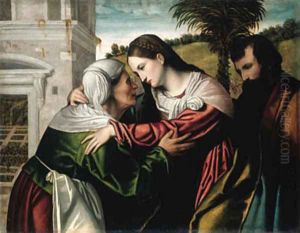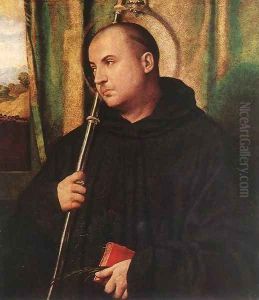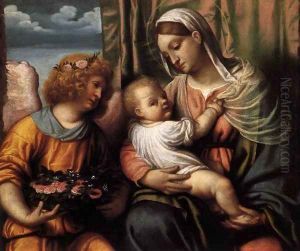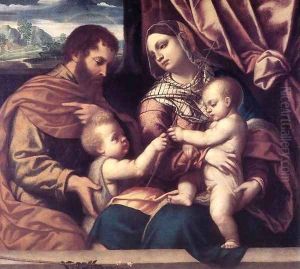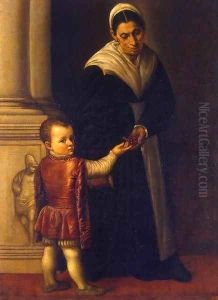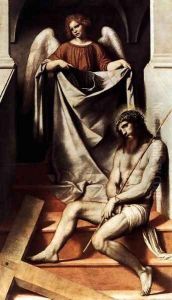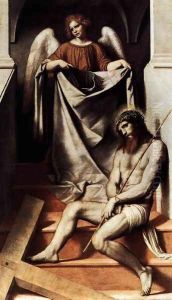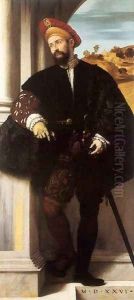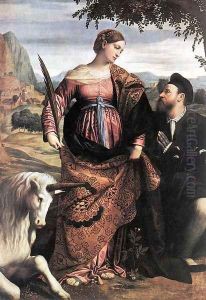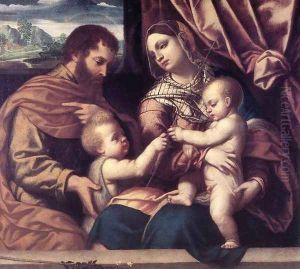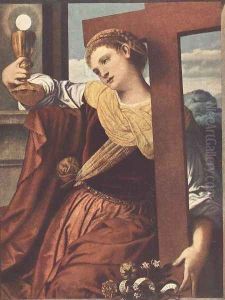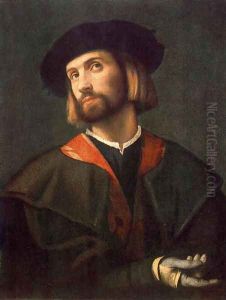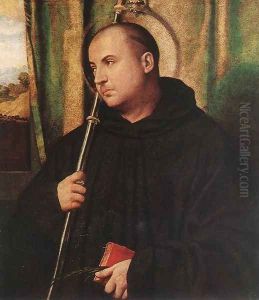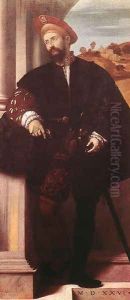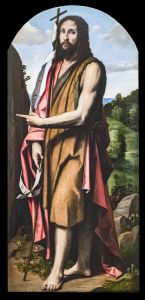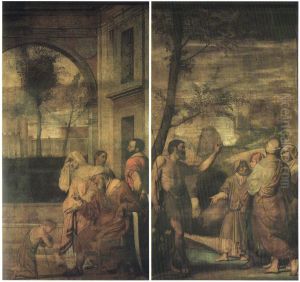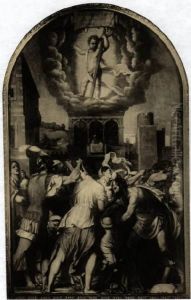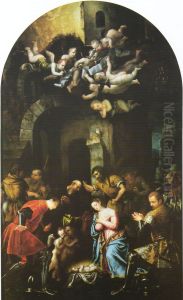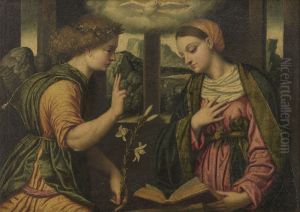Moretto Da Brescia Paintings
Moretto da Brescia, whose real name was Alessandro Bonvicino, was an Italian Renaissance painter who was born in Brescia around 1498. He is recognized as one of the most significant artists of the Brescian school, which was known for its distinct style that combined influences from both the Venetian and Lombard artistic traditions.
Moretto was likely trained in the workshop of Floriano Ferramola, but he was also significantly influenced by the work of other Northern Italian artists such as Titian and Lorenzo Lotto. He became known for his religious paintings, portraits, and altarpieces which often featured a subtle use of color and a serene, contemplative atmosphere.
His early works exhibit a certain stiffness in the figures which gradually softened over time as he developed a more naturalistic approach. Moretto was also one of the first Italian painters to experiment with the use of oil paints as opposed to the traditional tempera.
Noteworthy works by Moretto include 'Entombment', 'Saint Nicholas in Glory', 'Madonna and Child with Saints', and 'The Supper at Emmaus'. His altarpieces in churches around Brescia are particularly admired for their architectural perspectives and the gentle, pious expressions of the figures.
Moretto's contributions to portraiture also marked a significant departure from the formal stiffness often seen in earlier Renaissance portraits. His portraits are notable for their psychological depth, subtlety of expression, and the realistic rendering of textures and fabrics.
Despite his success, Moretto da Brescia remained primarily in his hometown throughout his life, which may have limited his fame during his lifetime compared to contemporaries who were more mobile. Nevertheless, his work had a lasting impact on the development of Brescian painting and his techniques would influence future generations of artists.
Moretto da Brescia died in 1554, leaving behind a legacy of art that is still appreciated for its grace, emotional depth, and technical mastery.
